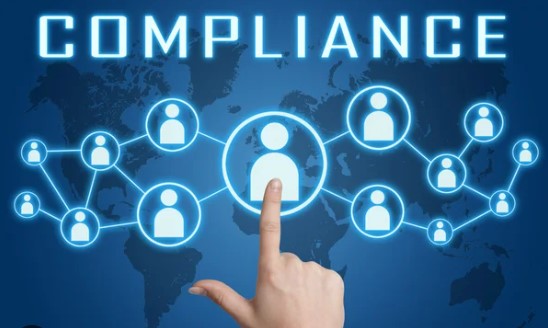The Importance of RoHS and REACH Compliance in Your Supply Chain
- July 16, 2024
- 2 Mins Read
- 13898 Views

In today’s global market, regulatory compliance is crucial for companies to ensure product safety, environmental protection, and market access. Two key regulations that have a significant impact on various industries, particularly electronics and manufacturing, are the Restriction of Hazardous Substances (RoHS) Directive and the Registration, Evaluation, Authorization, and Restriction of Chemicals (REACH) Regulation. While a company’s internal efforts are a starting point, application of these regulations across the supply chain is essential for businesses aiming to operate sustainably and responsibly.
RoHS Compliance
The primary goal of RoHS is to reduce environmental and health risks by limiting the use of substances such as lead, mercury, cadmium, hexavalent chromium, and certain flame retardants.
Key Benefits of RoHS Compliance:
- Environmental Protection
- Health and Safety
- Market Access
REACH Compliance
REACH is an EU regulation that addresses the production and use of chemical substances and their potential impacts on human health and the environment.
Key Benefits of REACH Compliance:
- Human Health Protection
- Environmental Sustainability
- Legal and Financial Security
Integrating RoHS and REACH Compliance: Best Practices
To achieve and maintain compliance with RoHS and REACH, companies should adopt a proactive and systematic approach:
- Knowledge and Training: Stay informed about the latest regulatory updates and ensure that employees are adequately trained in compliance requirements and best practices.
- Supply Chain Management: Work closely with suppliers to ensure that all materials and components meet RoHS and REACH standards. Implement robust tracking and documentation processes to verify compliance throughout the supply chain.
- Regular Audits and Assessments: Conduct periodic audits and risk assessments to identify and address potential compliance issues. This helps in maintaining continuous adherence to regulatory standards and prepares the company for any inspections or audits by regulatory authorities.
Conclusion
Compliance with RoHS and REACH is not merely a regulatory obligation but a critical component of responsible business practices. Internal efforts and controls constitute only a portion of the company’s overall compliance. For companies sourcing materials and services globally, contributions from the supply base become the starting point for all downstream compliance.
QSTRAT offers an integrated toolset that allows companies to collect, track, audit and report on their supplier’s RoHS and REACH compliance, as a critical component of their overall compliance environment.



